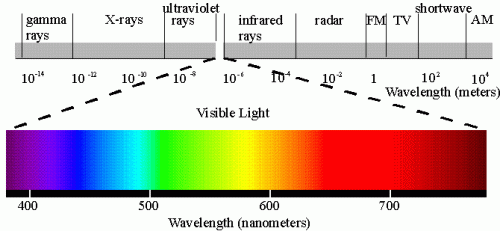Thermal Imaging
Thermal Imaging – Free with Home Inspection
Home inspectors have been adding Infrared Cameras to their arsenal of tools used to find any hidden deficiencies that might not be visible to the naked eye. Some of the most common items found with the use of a Thermal Imaging camera are; missing insulation, hot spots on electrical panel and moisture penetration. Most home inspectors advertise that Thermal Imaging will help in identifying electrical issues; missing, damaged and/or wet insulation; heat/cold energy loss; moisture intrusion that could lead to mold; hidden roof leaks; damaged and/or malfunctioning radiant heating systems; plumbing leaks; overheated equipment, etc.
Unfortunately Thermal Imaging technology is subject to many variables such as quality, on-site conditions and, last but not least, the ability of the inspector to accurately interpret the data. The Barrie Home Inspector was the first Professional Home Inspector in Simcoe County to offer Thermal Imaging with an Infrared camera. The use of Thermal Imaging has become so common place now that the Barrie Home Inspector now offers Free Thermal Imaging scan with every home inspection.
Infrared Thermal Imaging (ITI) is a non-invasive, non-destructive way of evaluating conditions below the surface. This allows us to detect small, but crucial differences in temperature throughout the house within the building materials. No matter what the temperature is on the outside or inside a good Thermal Imaging camera will pick out wall studs and ceiling joists. Heat loss and drafts are quickly detected and identified.
Plumbing leaks are quickly found and using Infrared thermal imaging is a quick, non-invasive method of investigation, which will confirm moisture migration paths, whether it be from internal plumbing, condensation or from external weather related leaks.
Commercial building roofs which have no visible leaks can be quickly assessed to find any penetrations that have started but not yet fully penetrated. Leaks around vents, ducts, HVAC penetrations are quickly identified. Air leakage is the primary source of heat loss in a commercial building envelope. A complete thermal scan of your building can identify where and causes of air infiltration.
Thermal Cameras will not work unless there is a difference of temperature of at least 18 degrees between the inside and the outside of the building. Most roof inspections are done in early morning before the sun has an opportunity to warm the roof. When the roof is cool any areas of moisture will cool at a slower rate than the dry areas showing up as a warm spot at night. If conditions are ideal the thermographer will be able to see the wall framing which will allow him to identify areas of thermal bridging or cavities where insulation is missing.

